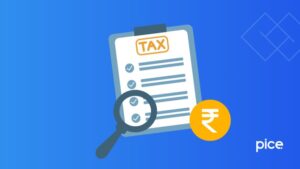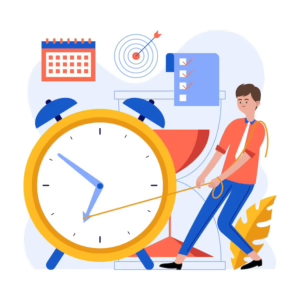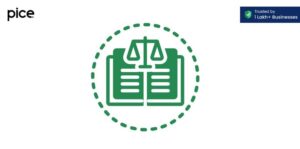Difference between B2C and B2B under GST terms
- 17 Aug 24
- 12 mins
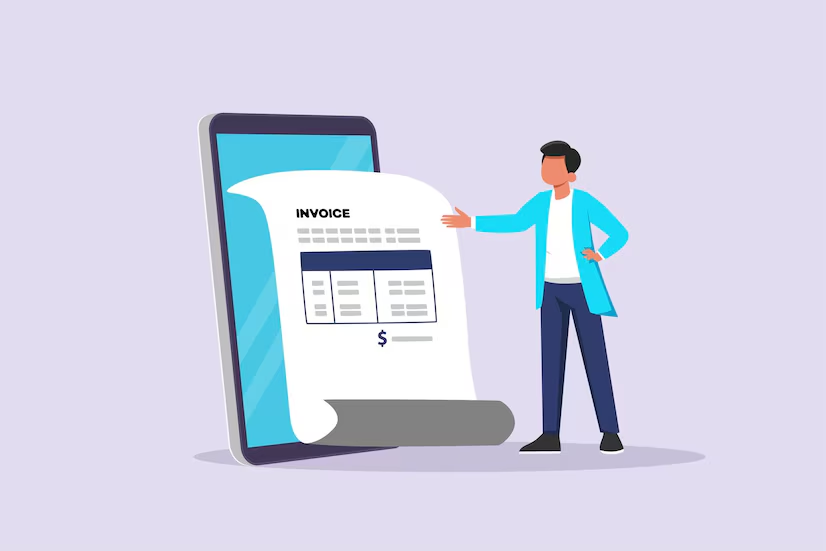
Difference between B2C and B2B under GST terms
Key Takeaway
GST Invoices Are Crucial for Tax Compliance: They not only record transactions but also allow businesses to claim input tax credits, which are essential under the GST framework.
B2B and B2C Invoices Serve Different Purposes: B2B invoices are detailed for tax compliance and credit claims, while B2C invoices focus on providing transaction summaries to consumers.
E-Invoicing Enhances Transaction Transparency: Primarily implemented in B2B transactions to improve tax compliance and reduce discrepancies, it holds potential benefits for B2C transactions too.
QR Codes on B2C Invoices Improve Consumer Experience: By enabling easy access to detailed transaction information and facilitating digital payments.
Adherence to GST Invoicing Standards Is Essential: Proper invoicing ensures compliance, facilitates the smooth processing of tax returns, and avoids potential penalties from tax authorities.
GST Invoice: Introduction
A GST invoice is a crucial document issued by businesses to their customers upon the sale of goods or services. It serves as a formal request for payment and is essential for both accounting and tax compliance under the Goods and Services Tax (GST) framework in India. This document provides the details necessary to support tax calculations and to facilitate the claiming of input tax credit, which allows businesses to reduce their tax liability by the amount of GST paid on purchases.
Invoices under GST are not just records of transactions; they are legally binding documents that must adhere to specific formats and include mandatory details such as the description, quantity, and value of goods or services provided, GST charged, and other pertinent transaction details. The invoice plays a pivotal role in the GST regime as it aids in the transparency and proper accounting of taxes applicable to the supply of goods and services.
B2B GST Invoices
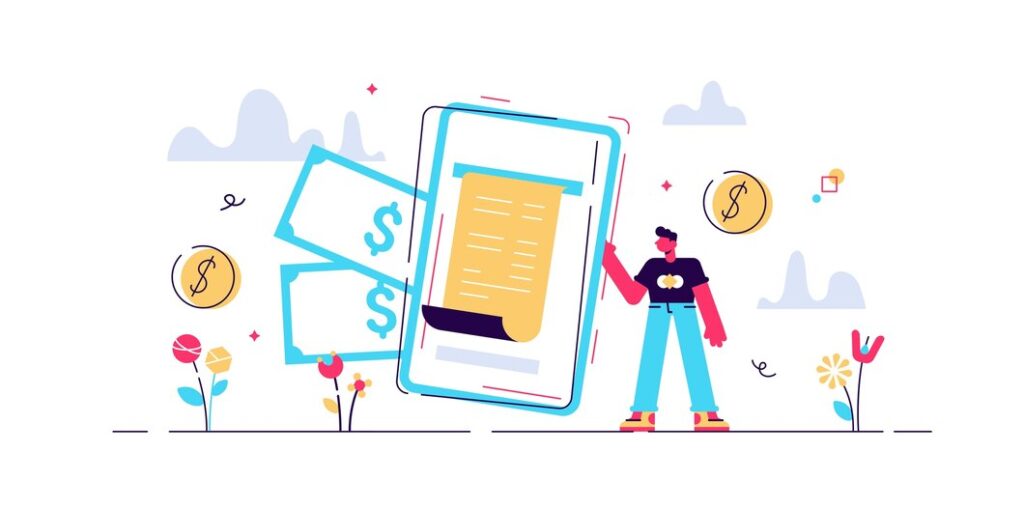
B2B (Business-to-Business) GST invoices are detailed documents issued in transactions where both the supplier and the buyer are registered under GST. These invoices are critical for businesses as they allow both parties to claim Input Tax Credit (ITC) on their purchases, which is a key feature of the GST system intended to avoid the cascading effect of taxes.
Key components of a B2B GST invoice include:
- GSTIN of Supplier and Buyer: Both parties’ GST Identification Numbers are mandatory on the invoice to facilitate the claiming of ITC.
- Invoice Details: Invoice number and the date of issue must be clearly mentioned.
- Customer Details: Name, address, and the state of registration of the recipient are required to determine the type of GST to be applied (CGST, SGST, IGST).
- Product or Service Details: Description, quantity, total value, taxable value of the goods or services provided, along with the HSN/SAC code which classifies the goods/services under the GST regime.
- Tax Breakdown: Detailed breakdown of the tax applied, including CGST, SGST, IGST, and UTGST, corresponding to the state of supply and type of goods/services.
- Place of Supply: Particularly important in determining the correct type of GST to be charged (IGST or combined CGST/SGST) in case of inter-state supply.
- Signature of the Supplier: Either a physical or digital signature to authenticate the invoice.
B2B invoices must comply strictly with GST regulations to ensure that all parties in the supply chain can appropriately account for and claim their tax credits.
💡If you want to pay your GST with Credit Card, then download Pice Business Payment App. Pice is the one stop app for all paying all your business expenses.
B2C Invoices
In the Goods and Services Tax (GST) framework, B2C (Business-to-Consumer) invoices are issued when businesses sell goods or services directly to consumers who do not need to claim Input Tax Credit (ITC). The structure of these invoices tends to be simpler than those used in B2B transactions. They primarily serve the purpose of providing consumers with proof of purchase and detailing the GST collected, which contributes to the overall tax compliance and revenue recognition of the business.
B2C Large Invoices

For transactions that are relatively significant in value, typically exceeding a specified threshold (₹50,000 in India), a B2C large invoice (B2CL) is required. These invoices often include more detailed information than standard B2C invoices, primarily because the transaction value demands higher scrutiny and detailed reporting for tax purposes, especially in cases involving interstate sales.
Key characteristics of B2CL invoices include:
- Consumer Details: Full name and address of the consumer are included, which is crucial for documenting interstate transactions that require the declaration of the place of supply.
- Breakdown of Taxes: Detailed display of the applicable taxes (CGST, SGST, IGST) based on the place of supply, which is necessary for compliance in interstate commerce.
Essentials of B2CS GST Invoice
The B2CS (B2C Small) invoice is used for smaller transactions, typically below the ₹50,000 threshold, where less information is sufficient and the regulatory requirements are lighter. These invoices are common in everyday retail transactions.
Essentials of a B2CS invoice include:
- Invoice Date and Number: Essential for tracking sales and for accounting purposes.
- Supplier Information: Name and GSTIN of the supplier must be displayed.
- Product or Service Details: A brief description and the total value of the goods or services sold.
- GST Amount: Total GST charged on the transaction is shown as a lump sum rather than itemized by tax type, which simplifies the receipt for consumer understanding.
Essentials of B2CL GST Invoice
For larger B2C transactions, the B2CL invoice includes more comprehensive details to ensure all regulatory and compliance measures are met, especially for record-keeping and tax purposes in larger sales volumes or values.
Essentials of a B2CL invoice include:
- Consumer Details: Full name and address, mandatory for determining the place of supply in case of inter-state transactions.
- Detailed Product or Service Description: Includes quantity, rate, and total value, alongside the applicable HSN/SAC codes for better classification and compliance.
- Tax Breakdown: Detailed display of CGST, SGST, and IGST to clarify the tax implications based on the transaction’s nature and location.
- Invoice Details: Date and unique serial number of the invoice are crucial for audit and tracking purposes.
e-Invoicing and B2C Transactions
e-Invoicing, or electronic invoicing, is part of a technological advancement aimed at streamlining the reporting and compliance mechanism under the GST framework. It primarily targets enhancing the way invoices are processed and integrated into the tax system, ensuring better tax compliance and reducing fraud.
Introduction to e-Invoicing
Under the GST regime, e-invoicing mandates the generation of invoices on a standardized template through a government-sanctioned portal. This process allows the real-time tracking of transactions by the tax authorities and helps in reducing discrepancies in tax claims, leading to more accurate and timely tax collections. Initially, e-invoicing was introduced primarily for B2B transactions, targeting larger businesses with higher turnover thresholds.
e-Invoicing in B2C Transactions
Currently, e-invoicing requirements are not extended to most B2C transactions. The rationale behind this is that B2C invoices do not involve tax credit claims that need verification by both the supplier and the buyer, which is a critical component in B2B transactions. B2C transactions typically involve direct sales to the end consumer, where the need for such stringent verification processes is considerably less.
However, there are scenarios where e-invoicing could play a role in B2C transactions, particularly in large-scale retail or when dealing with high-value goods or services. In such cases, e-invoicing can offer several benefits:
- Improved Transparency: By using standardized e-invoices, businesses can ensure greater transparency in transactions, which helps in building trust with consumers.
- Efficiency in Record-Keeping: e-Invoices facilitate better record-keeping and can be integrated with accounting software, leading to more efficient business operations.
- Quick Resolution of Disputes: With standardized invoices, any discrepancies or disputes regarding transactions can be resolved quicker, improving customer service.
Future Prospects
While not currently mandatory for most B2C transactions, there is potential for e-invoicing to be expanded to include these transactions in the future. This could be driven by the benefits of streamlined data management and fraud reduction. As technology and business practices evolve, adapting e-invoicing for B2C could help in tightening tax compliance across all sectors and simplifying the tax administration process.
QR Code for B2C Invoices
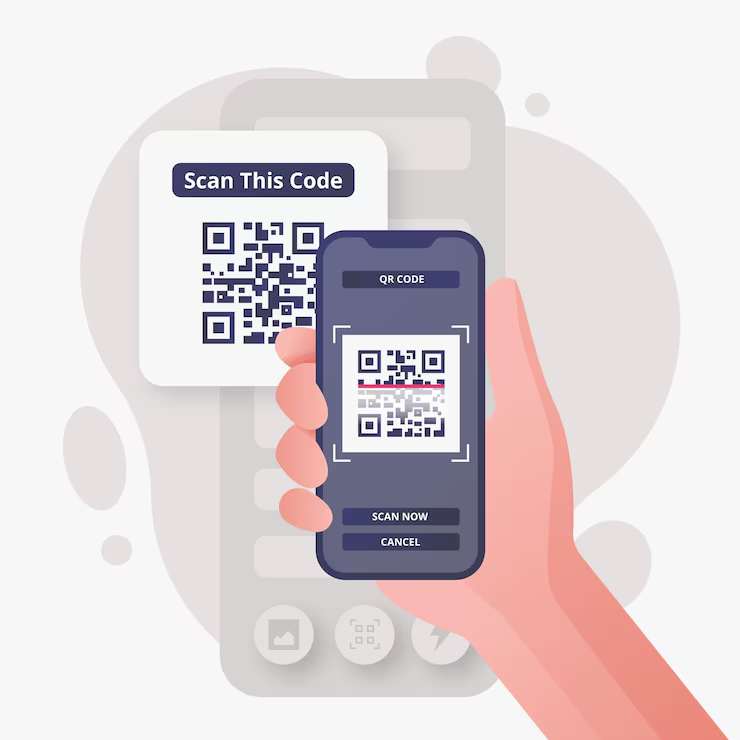
QR codes on B2C invoices represent a significant step towards integrating modern technology into everyday transactions. A QR (Quick Response) code on a B2C invoice enables consumers to quickly access detailed information about their purchases and the transaction itself with a simple scan using a smartphone. This technology not only enhances consumer convenience but also supports greater transparency and accuracy in billing.
Benefits of QR Codes on B2C Invoices:
- Instant Access to Information: Consumers can instantly view detailed transaction data, including product descriptions, pricing, and GST details.
- Enhanced Transparency: QR codes help in providing clarity on the breakdown of charges and taxes, fostering trust and credibility.
- Ease of Payment: QR codes can be linked to payment systems, enabling fast and secure digital payments directly from the invoice.
- Support for Returns and Warranties: Easier tracking of purchases for returns or warranty claims, as all relevant information is readily accessible through the QR code.
QR codes are particularly useful in sectors like retail and hospitality where quick and efficient service is essential. They streamline the process of billing and payments, and as digital transactions become more prevalent, QR codes are likely to become an integral part of B2C invoices.
Difference Between B2B and B2C
The distinctions between B2B (Business-to-Business) and B2C (Business-to-Consumer) transactions under GST (Goods and Services Tax) are fundamental, reflecting the different purposes and requirements of these two types of commerce.
Key Differences:
- Purpose of Invoice: B2B invoices are primarily used for tax compliance and claiming input tax credits. B2C invoices serve as proof of purchase for the consumer and for the business to record sales.
- Invoice Details: B2B invoices require detailed information including the GSTIN of both supplier and buyer, detailed breakdown of CGST, SGST, IGST, and UGST, and place of supply. B2C invoices typically do not require the buyer's GSTIN, and the tax amounts are often consolidated.
- Complexity and Compliance: B2B invoices are more complex due to the necessity of complying with tax credit mechanisms and audit trails. B2C invoices are simpler, focusing on providing essential transaction details for consumers who do not claim GST credits.
- E-Invoicing Requirement: E-invoicing is mandated for B2B transactions beyond a certain turnover threshold to ensure tax compliance and streamline tax administration. As of now, most B2C transactions do not require e-invoicing unless specified by future regulations.
| Aspect | B2B Invoices | B2C Invoices |
|---|---|---|
| Purpose of Invoice | Used for tax compliance and claiming input tax credits. | Serve as proof of purchase for the consumer and for the business to record sales. |
| Invoice Details | Require detailed information including GSTIN of both supplier and buyer, detailed breakdown of CGST, SGST, IGST, and UGST, and place of supply. | Typically do not require the buyer's GSTIN, and the tax amounts are often consolidated. |
| Complexity and Compliance | More complex due to the necessity of complying with tax credit mechanisms and audit trails. | Simpler, focusing on providing essential transaction details for consumers who do not claim GST credits. |
| E-Invoicing Requirement | Mandated for B2B transactions beyond a certain turnover threshold to ensure tax compliance and streamline tax administration. | Most B2C transactions do not require e-invoicing unless specified by future regulations. |
The difference in invoice structuring between B2B and B2C transactions reflects the underlying differences in their operational focus—B2B being centered on tax compliance and efficiency, and B2C focused on consumer service and transactional simplicity.
 By
By 









